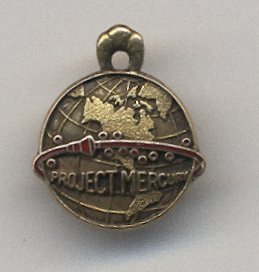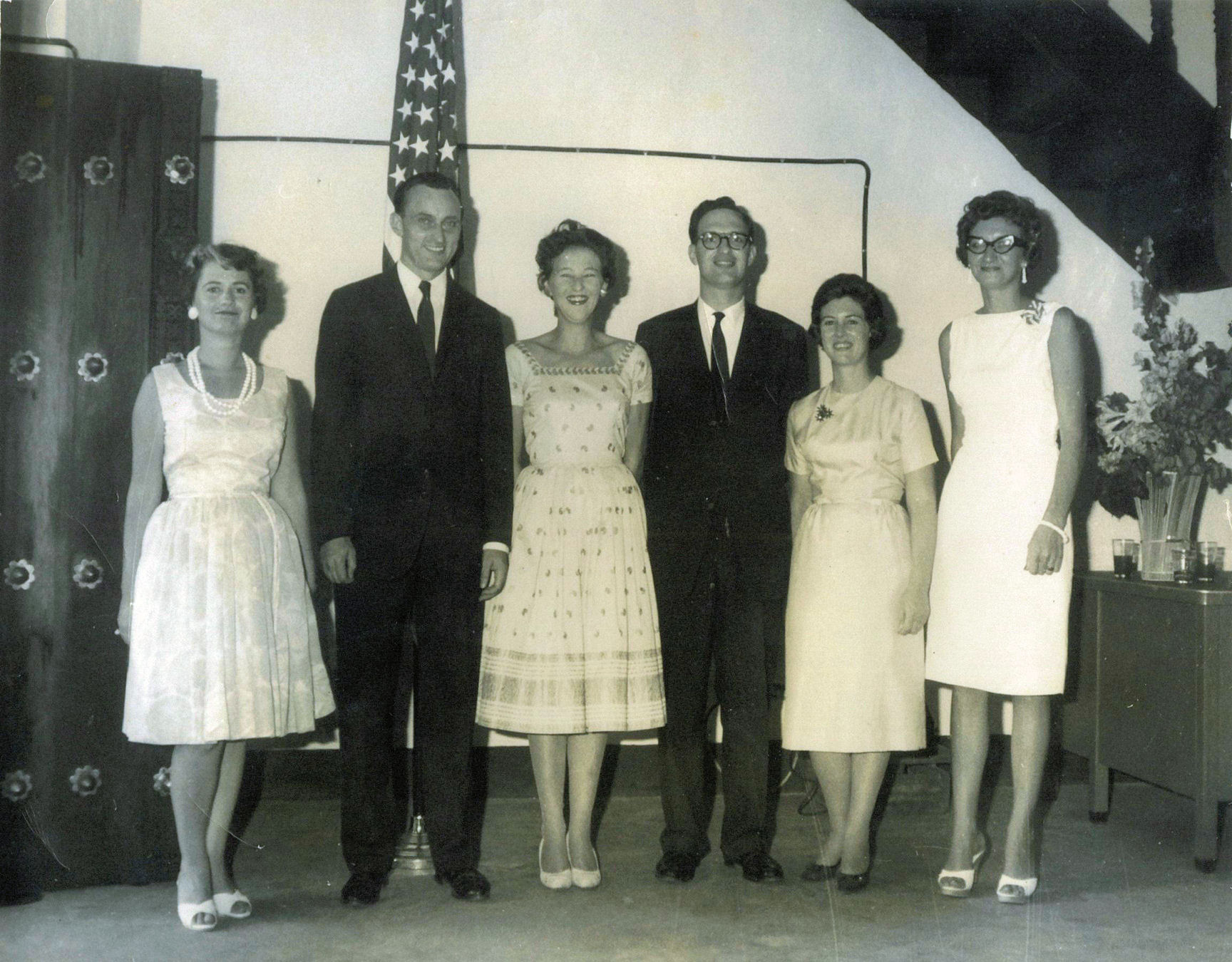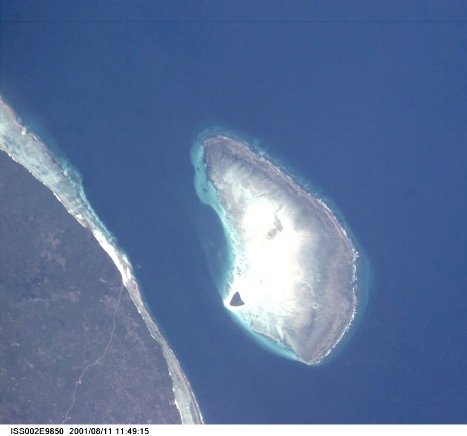Space
Station Zanzibar
![]() About
15km east of Stone Town, near the village of Tunguu, lie the rusting remains of
an American Satellite Tracking Station. This Station was built in 1960 to track and
communicate
with the first American manned Space Missions. It functioned first during the
early 'Project Mercury' launches when Astronauts were just shot into space in a
parabolic arc from Florida to the other side of Africa. It also lay along the
"Earth track" of most of the later Orbital missions and thus was a
vital part of the tracking and telemetry net that helped communicate with these
space craft.
About
15km east of Stone Town, near the village of Tunguu, lie the rusting remains of
an American Satellite Tracking Station. This Station was built in 1960 to track and
communicate
with the first American manned Space Missions. It functioned first during the
early 'Project Mercury' launches when Astronauts were just shot into space in a
parabolic arc from Florida to the other side of Africa. It also lay along the
"Earth track" of most of the later Orbital missions and thus was a
vital part of the tracking and telemetry net that helped communicate with these
space craft.
The station was forced to close just after the 1964 Revolution. The new revolutionary government claiming that the Telemetry towers would be used to direct missiles towards Zanzibar. The Station personnel werehurriedly evacuated while a US Navy Destroyer stood off Stone Town to ensure that the American technicians and their families were allowed to leave unmolested.
![]() Today
the site is hard to find but if one turns South, off the road from Stone Town to
the East Coast, just before it reaches Tunguu, you will suddenly come upon an
unusually straight road that leads to what older locals still call
"the Americani Buildings". Best preserved of these is the
Butler-Aluminum "Maintenance Building", still containing the large
diesel generator used to power the Station. Also nearby is the "Dormitory
Building". It was used by the technicians only when an actual mission was
in progress. The rest of the time the Americans lived in or near Stone Town with
their families and blended in as just one more minority in cosmopolitan
Zanzibar.
Today
the site is hard to find but if one turns South, off the road from Stone Town to
the East Coast, just before it reaches Tunguu, you will suddenly come upon an
unusually straight road that leads to what older locals still call
"the Americani Buildings". Best preserved of these is the
Butler-Aluminum "Maintenance Building", still containing the large
diesel generator used to power the Station. Also nearby is the "Dormitory
Building". It was used by the technicians only when an actual mission was
in progress. The rest of the time the Americans lived in or near Stone Town with
their families and blended in as just one more minority in cosmopolitan
Zanzibar.
The high tech equipment, and the reach for the stars attitude, intrigued many young Zanzibaris. They learned about the schedules and I remember friends would lay on the beach looking up waiting for the American spaceship to pass overhead. One friend who had just heard about this phenomenon joined the beachwachers....only to be disappointed by the small slow moving star-like object that he witnessed. He expected a flying saucer perhaps.
Another who was moved by the future-looking nature of the tracking station was the soon to be famous Farrokh Bulsara. After the revolution he moved from Zanzibar to Britain and became the rock star Freddy Mercury.

Decades after the end of Project Mercury the work begun by those early NASA pioneers continues. Recently that work returned dividends to Zanzibar in the form of these amazing photos from Space of the Spice Islands.


More Project Mercury Information at =































































